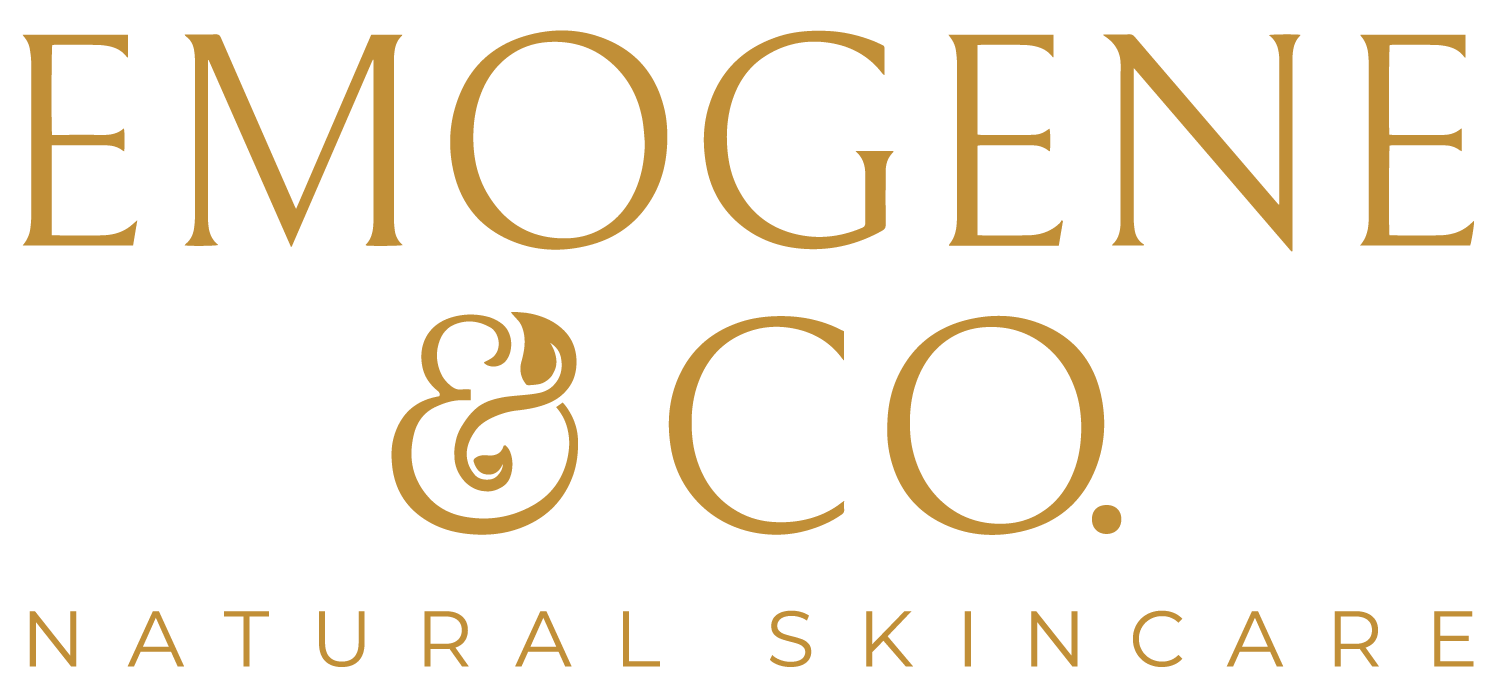We all want smoother, brighter skin—but not at the cost of a compromised barrier. Exfoliation is essential for removing dead skin cells and promoting cellular renewal; however, the method used matters. As a pharmacist and skincare formulator, I am often asked: “Should I use enzymes or acids?” The answer depends on your skin type, sensitivity level, and the desired outcome.
Let’s break down the difference between fruit enzyme exfoliation and chemical exfoliants like AHAs/BHAs so that you can make the best choice for healthy, radiant skin.
Enzymes vs. Acids: What's the Difference?
|
Enzymes |
Acids (AHAs/BHAs) |
|
Derived from fruits like papaya, pineapple, and pomegranate |
Typically, synthetic or plant-derived acids like glycolic, lactic, and salicylic |
|
Gently digest dead skin cells on the surface |
Break bonds between dead skin cells, helping them shed |
|
Less likely to disrupt the skin barrier |
More active, can cause tingling or irritation |
|
Great for sensitive or young skin |
Better for acne, fine lines, or thickened skin |
Enzyme Highlights: Nature’s Gentle Exfoliators
1. Papaya (Papain)
-
How it works: A natural proteolytic enzyme that helps break down keratin, the protein that binds dead skin cells together.
-
Best for: Gently unclogging pores and softening rough texture without stripping.
-
Bonus: Anti-inflammatory and suitable even for rosacea-prone skin.
2. Pineapple (Bromelain)
-
How it works: Breaks down proteins and acts as a mild brightening agent.
-
Best for: Dull skin, uneven tone, and post-acne dark spots.
-
Bonus: It contains vitamin C and antioxidants for added glow.
3. Pomegranate
-
How it works: While not technically an exfoliating enzyme, it’s rich in ellagic acid and antioxidants that support cell turnover and calm inflammation.
-
Best for: Supporting skin renewal and defending against environmental stressors.
Why Enzymes Might Be a Better First Choice
As a pharmacist, I always consider safety, barrier integrity, and long-term results. For sensitive skin types, teens, or anyone new to exfoliation, enzyme-based products are often the better starting point. They:
-
Work only on the outermost layer, reducing the risk of over-exfoliation
-
Offer antioxidant and anti-inflammatory benefits.
-
Pair beautifully with calming botanicals and moisturizing oils.
How Often Should You Use Enzymes?
-
Adults: 1–3x/week depending on skin type and sensitivity
-
Teens/Young Skin: Start with once a week and adjust as tolerated
-
Always follow with hydration and sun protection—even gentle exfoliation increases UV sensitivity.
Try It: Emogene & Co.'s Enzyme-Based Formulations
Our Resurfacing Enzyme Face Mask and powders are crafted with pineapple, papaya, and pomegranate for a smooth, gentle polish that respects your skin's natural rhythm. You’ll never find harsh acids or abrasives—just fruit-forward, pharmacist-formulated care that brings out your glow without the guesswork.
Final Thoughts: Plants Over Peels?
When it comes to exfoliation, you don’t need to feel the burn to see results. Enzyme exfoliants provide a gentler, more supportive approach, especially for individuals with sensitive or reactive skin.




